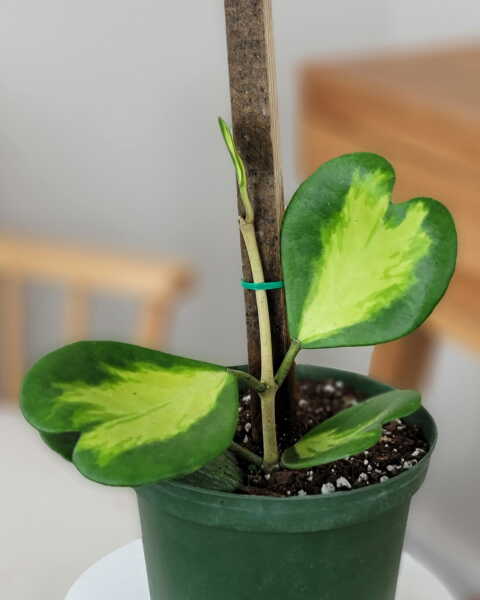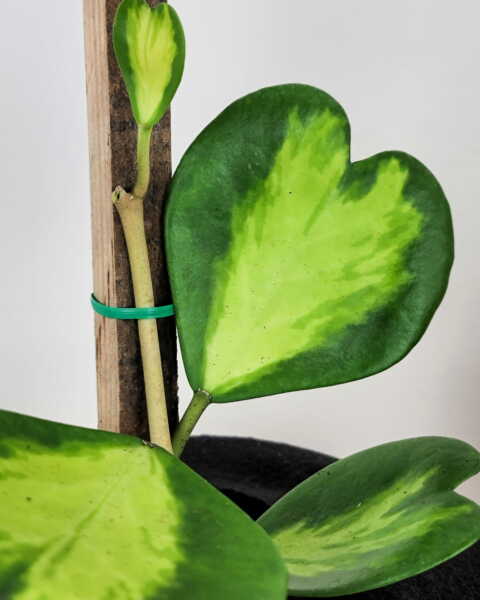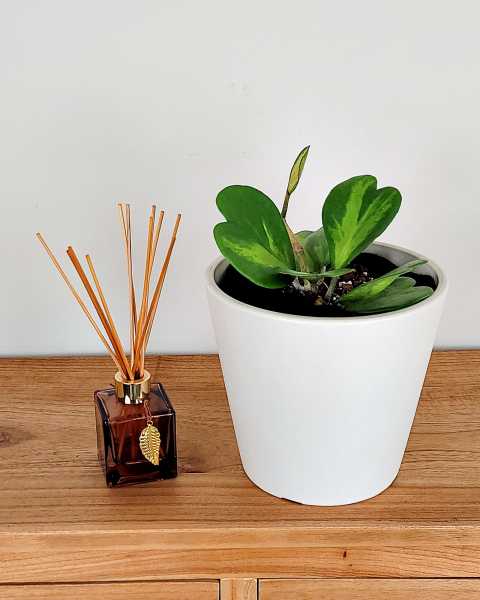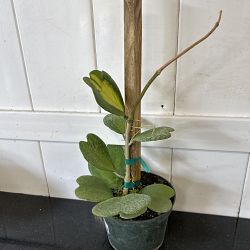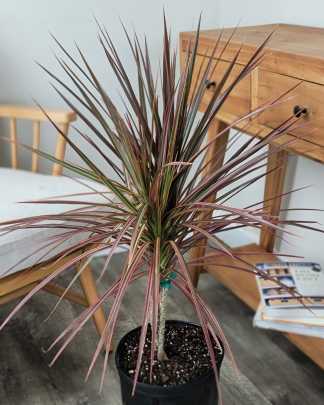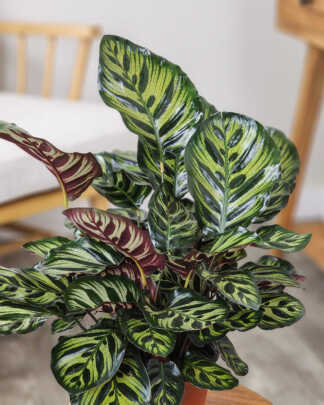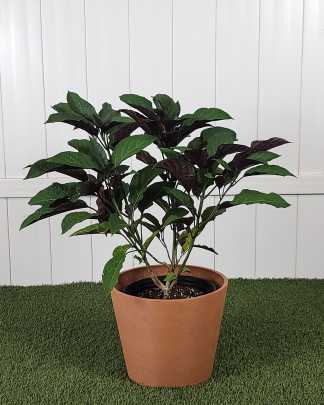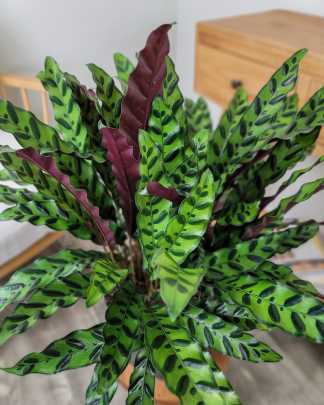Description
This Hoya Shows You Love with Beautiful Foliage
Heart-Leaf Hoya, scientifically known as Hoya kerrii, is a charming and resilient plant beloved for its heart-shaped leaves and easy-care nature. Originating from Southeast Asia, particularly Thailand and China, this evergreen vine belongs to the Apocynaceae family. Its thick, succulent leaves make it an excellent choice for both novice and experienced plant enthusiasts looking to add a touch of greenery to their indoor spaces.
Caring for your Heart-Leaf Hoya
Heart-Leaf Hoya is characterized by its thick, fleshy, heart-shaped leaves that grow in pairs along trailing stems. The leaves can vary in size but typically measure around 2 to 4 inches in diameter. Mature plants may produce clusters of waxy, star-shaped flowers that range in color from white to pink, emitting a sweet, pleasant fragrance. The vines of the Heart-Leaf Hoya can grow several feet in length, making it an ideal choice for hanging baskets or trained along a trellis.
Light
Heart-Leaf Hoya thrives in bright, indirect light but can tolerate lower light conditions. Place your plant near a window where it can receive plenty of filtered sunlight throughout the day. Avoid exposing it to direct sunlight, as this can lead to sunburn and damage the delicate foliage. If you notice your plant’s growth becoming leggy or sparse, it may be an indication that it needs more light.
Water
One of the key aspects of Heart-Leaf Hoya care is proper watering. Allow the top inch of soil to dry out between waterings, then water the plant thoroughly until water drains out of the bottom of the pot. Ensure that the pot has drainage holes to prevent water from pooling at the roots, which can lead to root rot. During the growing season in spring and summer, water more frequently, as the plant’s water requirements increase with active growth. In fall and winter, reduce watering frequency, allowing the soil to dry out more between waterings. Always err on the side of underwatering rather than overwatering, as Heart-Leaf Hoya is more tolerant of dry conditions than soggy soil.
While this plant can adapt to average indoor humidity levels, it appreciates slightly higher humidity. You can increase humidity by placing a tray filled with pebbles and water beneath the plant or by using a humidifier.
Soil
Heart-Leaf Hoya prefers well-draining, aerated potting mixtures that retain moisture without becoming waterlogged. A mixture of peat moss, perlite, and orchid bark or coarse sand works well for this plant. Repotting is typically only necessary when the plant becomes root-bound or outgrows its current container, which may occur every 2 to 3 years. When repotting, choose a pot that is slightly larger than the current one and ensure it has drainage holes to prevent waterlogging.
Fertilization
Feed your Heart-Leaf Hoya with a balanced, water-soluble fertilizer diluted to half-strength every 4 to 6 weeks during the growing season. Avoid fertilizing during the fall and winter months when the plant’s growth slows down. Overfertilization can lead to salt buildup in the soil, which can damage the plant’s roots. Always follow the manufacturer’s instructions for dilution and application rates.
Pruning
Regular pruning helps maintain the shape and appearance of your Heart-Leaf Hoya plant. Trim back any leggy or unruly stems to encourage bushier growth and remove any dead or yellowing leaves to promote overall plant health. You can also prune the plant to control its size and shape or propagate new plants from stem cuttings. Keep an eye out for pests such as aphids, mealybugs, and spider mites, especially in warm, dry conditions. If infestations occur, treat the plant with insecticidal soap or neem oil, following the manufacturer’s instructions carefully.
Propagation
Heart-Leaf Hoya is relatively easy to propagate from stem cuttings. Select a healthy, mature stem and cut it just below a node using clean, sharp scissors or pruning shears. Remove any leaves from the bottom portion of the cutting to expose the nodes. Place the cutting in a glass of water or directly into moist potting soil, ensuring that at least one node is below the soil line. Keep the cutting in a warm, humid environment with bright, indirect light and wait for roots to develop. Once roots have formed, transplant the cutting into its own pot and care for it as you would a mature plant.

